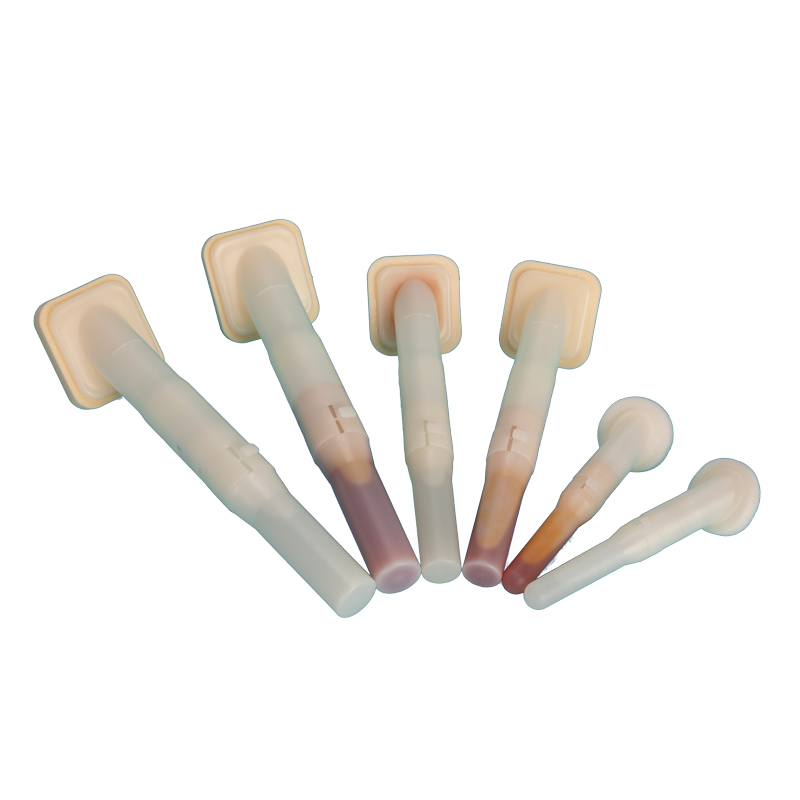The use of chlorhexidine gluconate applicator is a common practice in the operating room as it is both safe and effective, at reducing rates of surgical site infections.
Chlorhexidine gluconate applicators
Chlorhexidine gluconate applicators are commonly using for the operating room because they are safe and effective at reducing rates of surgical site infections.
This is important because surgical site infections can lead to complications, longer hospital stays, and increased healthcare costs.
Optimization
The time need to activate a chlorhexidine gluconate surgical solution applicator presents an opportunity for optimization.
Many techniques are employed to expedite the process, but there have been no studies comparing these techniques.
Method
Therefore, it is important to choose an efficient method to minimize potential causes of time waste in the operating room.
Some users of these prep solution applicators recommend shaking it to expedite the time it takes to saturate the sponge.
Others recommend continuously squeezing the applicator until it is ready to use.
Medico chlorhexidine gluconate applicator
Size: 3ml, 5ml, 10.5ml,26ml;

Techniques
Whereas many surgeons and perioperative personnel have certain techniques they employ, there have been no studies comparing these techniques.
It is important to evaluate the different techniques to determine the most efficient method for utilizing a chlorhexidine gluconate surgical prep applicator.
Financial benefits
The time savings from employing these techniques could result in significant financial benefits.
The operating room
It is important to choose an efficient method for utilizing an applicator to minimize potential causes of time waste in the operating room.
Shake
The study mentioned in the context found that utilization of the side-to-side shake technique, as well as the up-and-down shake and ‘dab’ techniques.
And significantly expedite the time it takes to use a chlorhexidine gluconate applicator.
Summary
In summary, chlorhexidine applicators are commonly using for the operating room because they are safe and effective at reducing rates of surgical site infections.

















